How Data Science, Machine Learning and Artificial Intelligence helps in Email Marketing

Using data science in the form of predictive marketing is a crucial way for digital marketers to gain meaningful insight to their target audiences and, thus enables them to apply a more strategic approach to their email marketing campaigns.
Data science can be used to send relevant emails to consumers that address their needs. Through these targeted campaigns, the consumers can see value in the campaign, open it, read it, click through, engage, and then finally make a purchase.
1. Send personalized emails
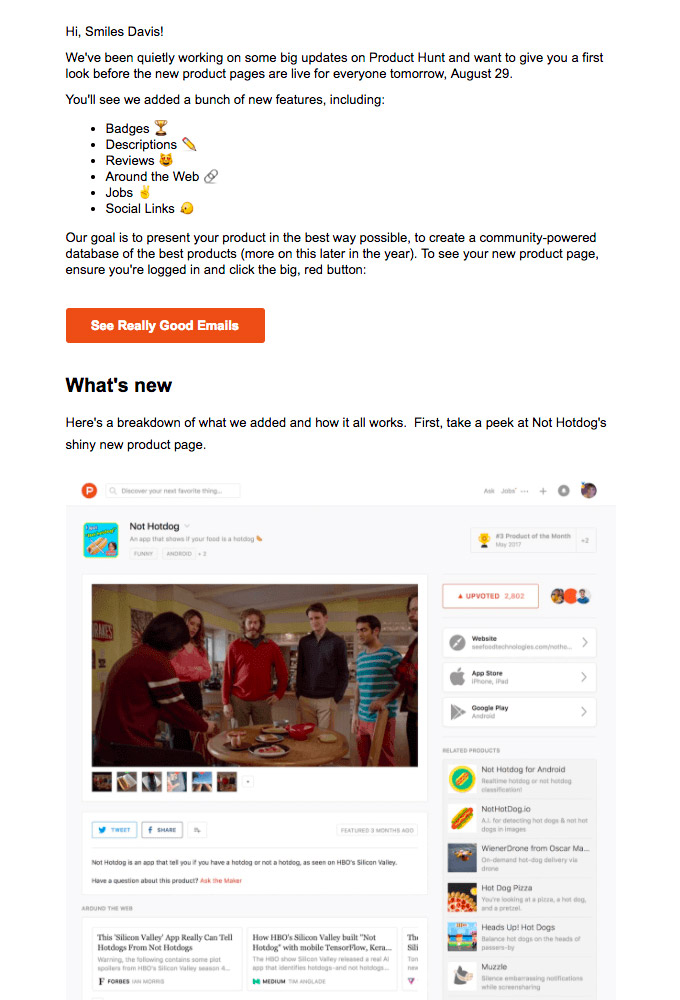
As marketing evolves and becomes more individual-centric, it has become critical to build and maintain personalized customer profiles based on name, gender, preferences, and other defining traits.
Data science gives marketers access to useful groups of data collated through a variety of channels like website analytics, email marketing providers, and e-commerce platforms. Digital marketers can then use this information to estimate what buyers like, how they like to shop, and when they’re most likely to make a purchase in the future.
For instance, many e-commerce sites use data science to generate targeted emails containing product suggestions that cater to a customer’s unique style.
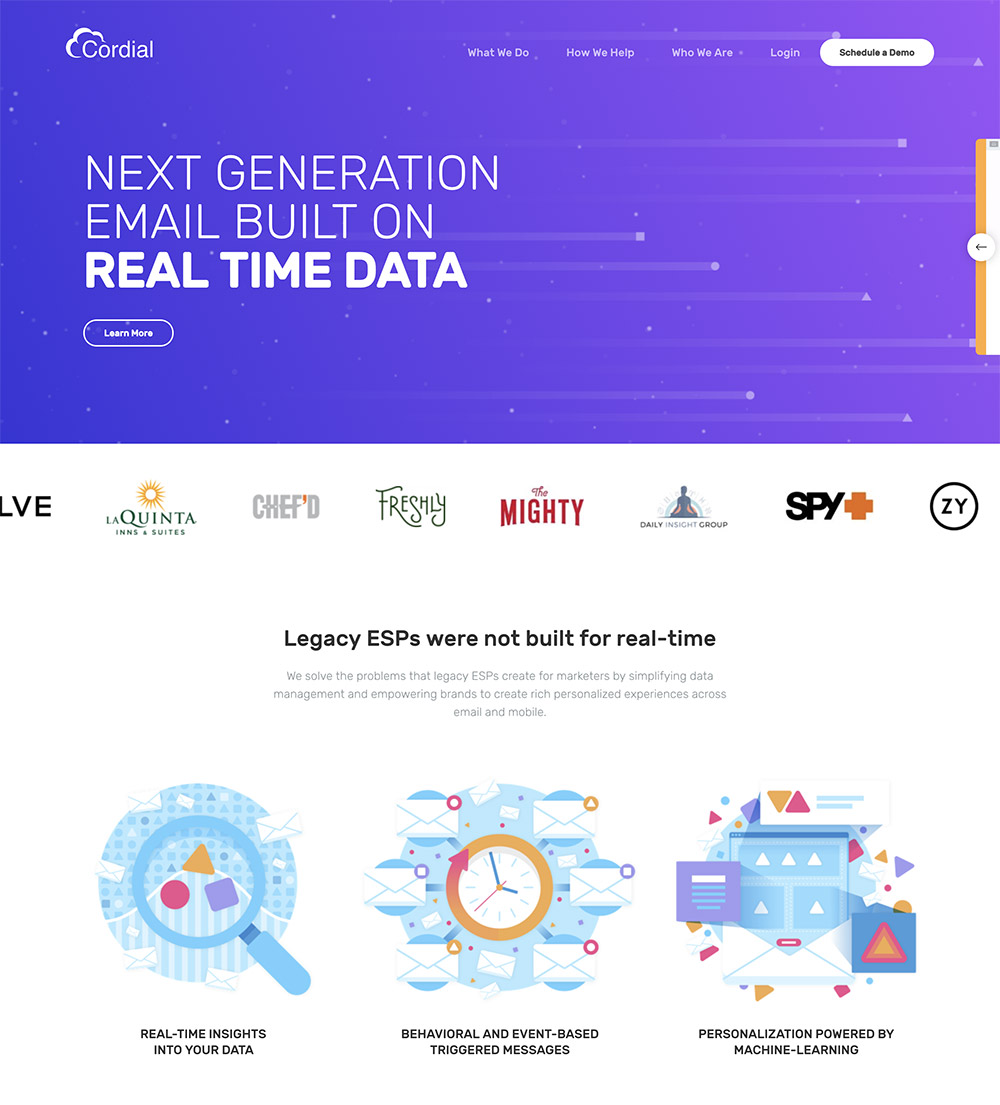
If marketers find data management an arduous task, they can refer to tools like Cordial that are designed to simplify user data. Such tools consolidate promotional emails and user preferences and thus enable marketers to create personalized email campaigns for their customers.
2. Drive purchases through targeted emails

Data science can be used beyond just creating personalized emails. Digital marketers can also utilize data science to drive future sales based on a customer’s past purchases. For example, companies use customer’s usage data to determine when a customer is due for a product to be replenished based on their previous buying streak of the same product. Marketers can then send them a targeted email showcasing that product through persuasive language.
Customer’s purchase data can also be used to send relevant product recommendation emails that similar or complementary to the products that a customer regularly purchases. For example, a consumer who has recently purchased a certain product can be sent targeted emails that coax him/her to buy other similar products.
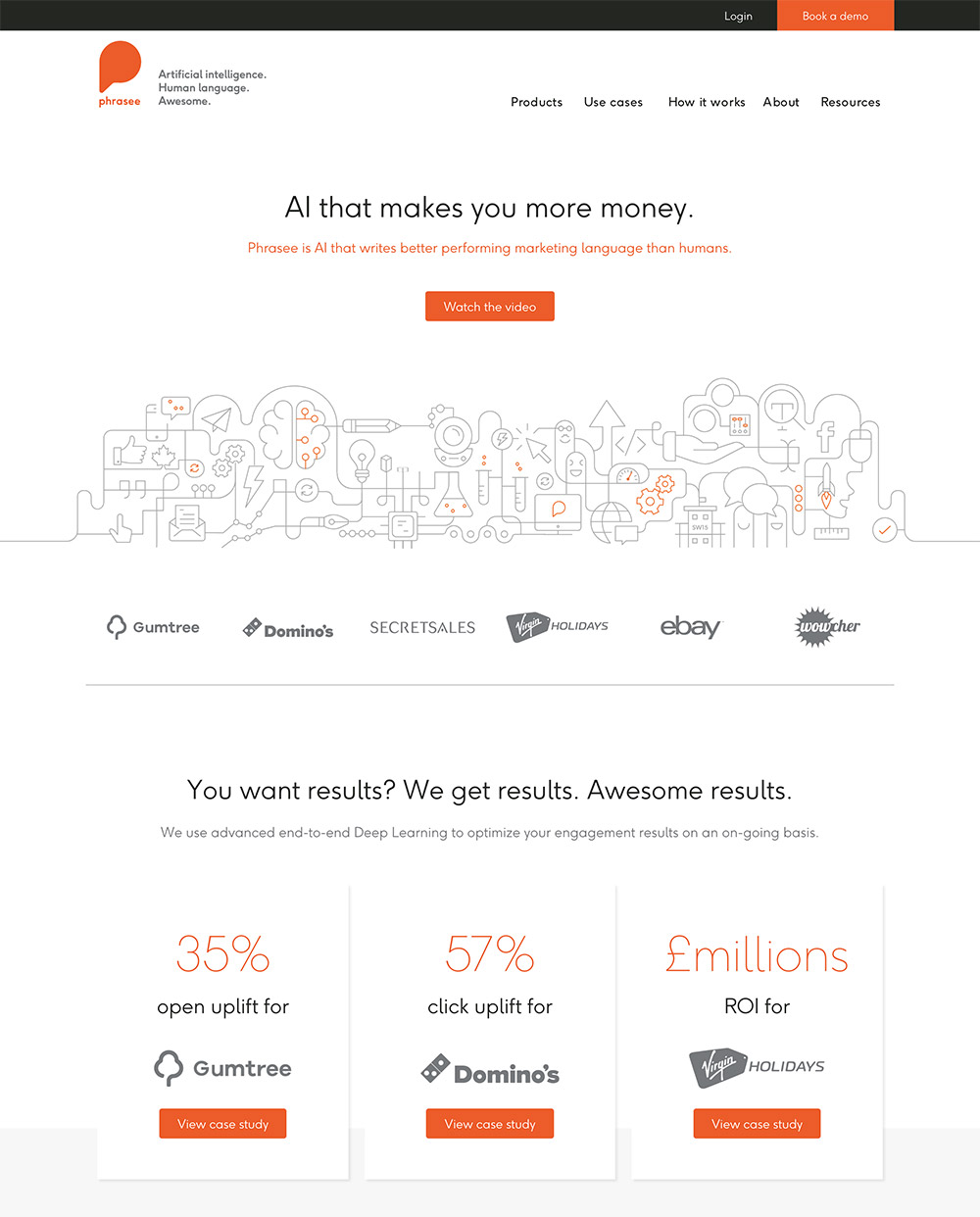
Phrasee is an excellent tool that can help marketers in advertising their products to targeted customers. Its AI algorithm is well versed in the language of marketing, and is designed to write better performing marketing language as compared to humans.
3. Send emails that convert leads into customers
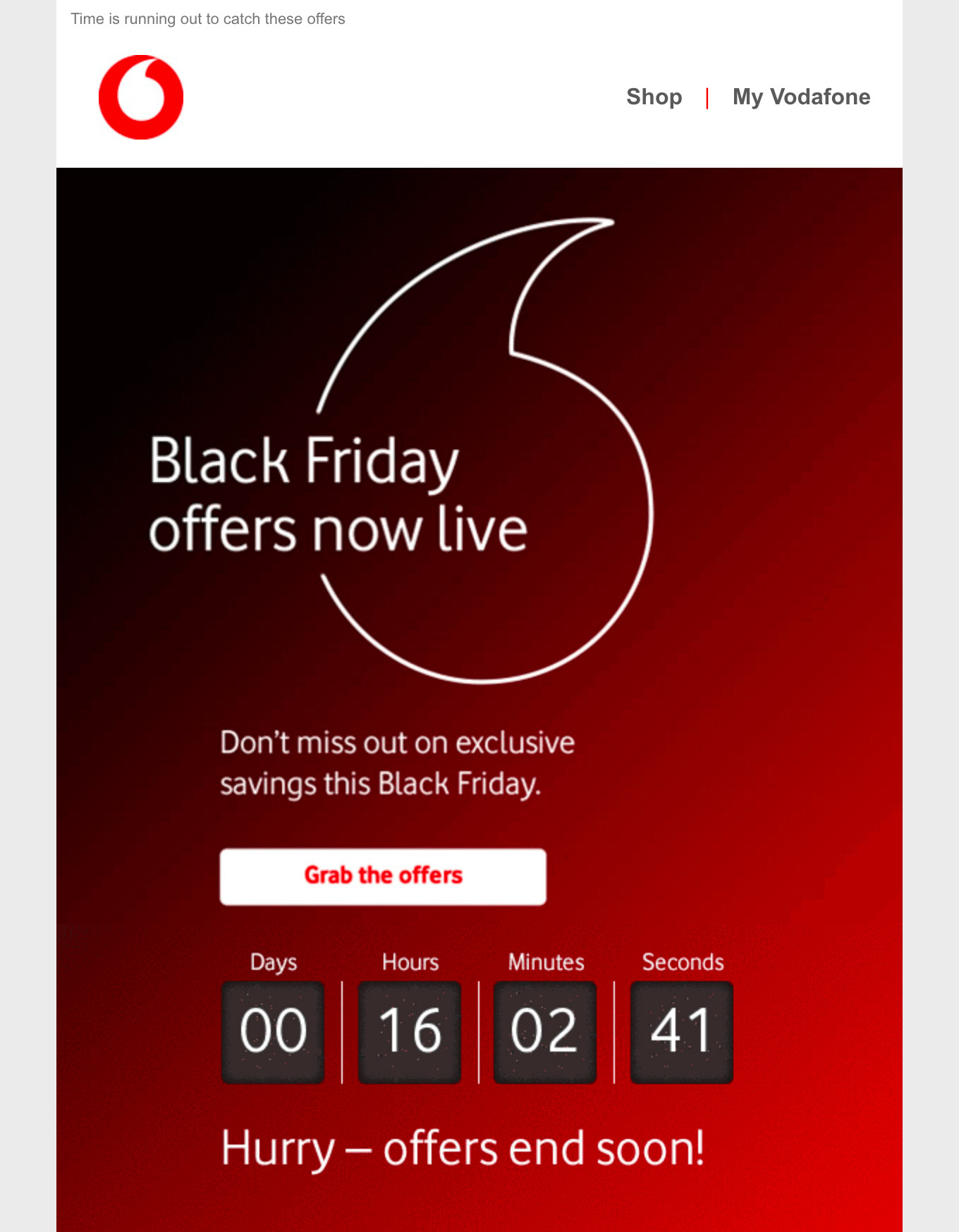
When prospective customers first sign up to get promotional emails from a company, they usually get a welcome email series aimed at encouraging them to make a purchase. In all likelihood, all new subscribers receive the same welcome email series and, in some cases, a standard promotional offer.
By applying data science to analyze customer behaviour and gather demographic data, marketers can segregate and test various prospects for email marketing to determine which works best. For instance, test emails can be sent about multiple messages and offers, and click-rate can then be observed to determine email campaign performance. This proves useful in creating a more personalised and relevant email series that drives conversions and thus, ultimately, increases revenue.
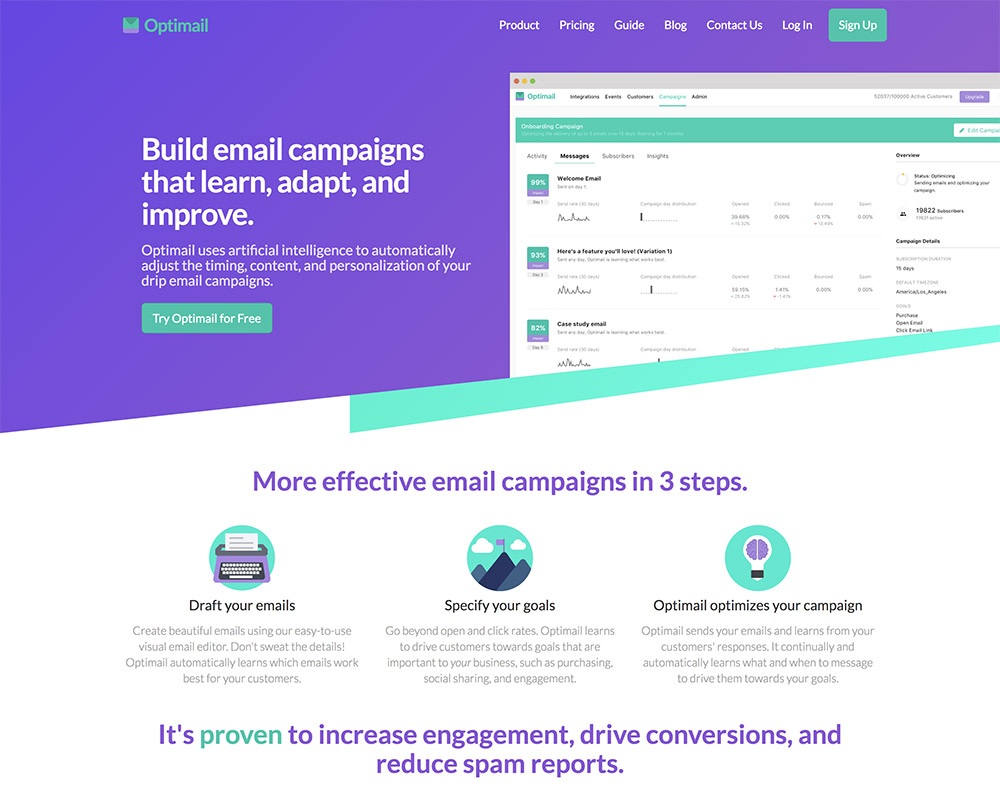
Converting leads into customers needs a dedicated marketing campaign. With the use of effective tools like Optimail, marketers can build email campaigns that learn, adapt, and improve according to customer behaviour. These marketing tools have AI algorithms that automatically adjust the timing, content, and personalisation of email campaigns that can be tailored to individual customer preferences.
4. Send relevant product recommendations
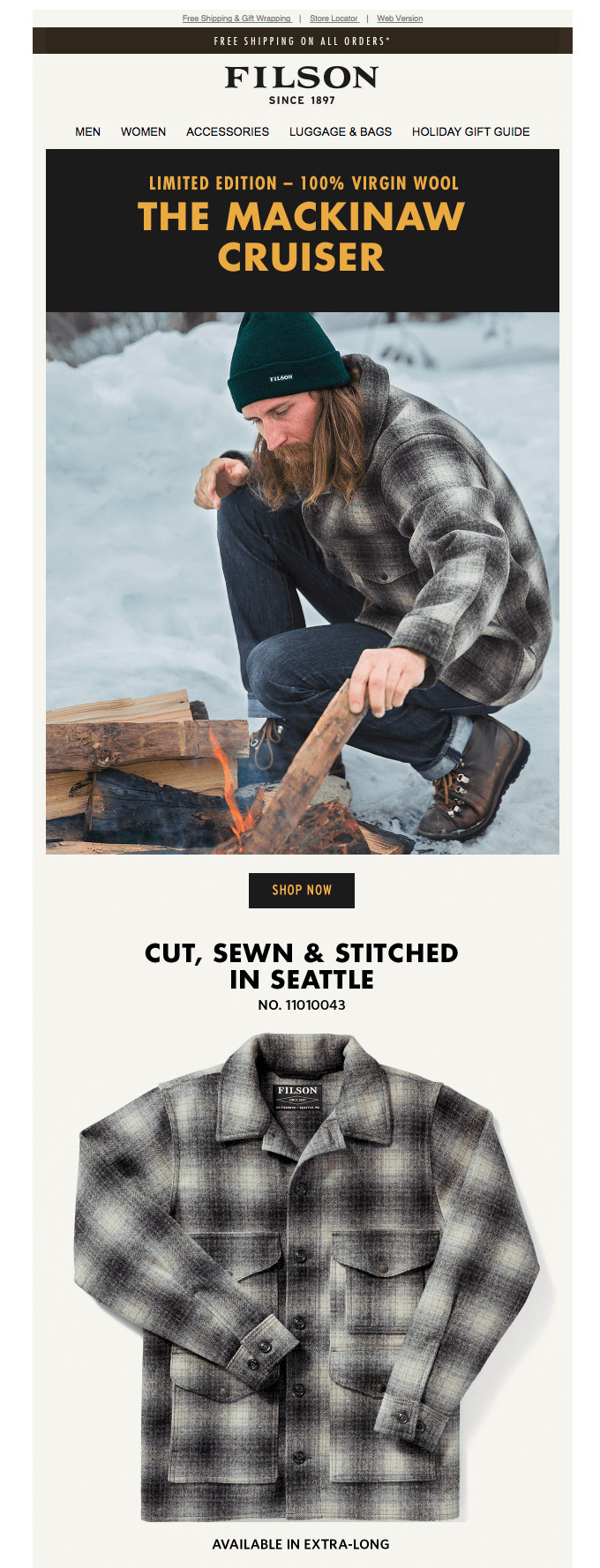
Product recommendations are one of the most essential ways in which data science can help to engage and retain customers. By incorporating variables like age, gender, order amount; and by using information like products that customers browsed on the company’s website or have already purchased; marketers can predict what products the customers will be interested in purchasing in the future.
By using this form of predictive analysis, marketers can target email content and offers that they send to individual customers. Data science can also be used to determine how often customers make purchases so that marketers can find the optimum time and frequency to send emails about their products.
5. Re-engage customers who haven’t purchased in a while

When it comes to winning back customers who’ve not made a purchase for an extended period, a standard “we miss you” message is not enough. Not only does data science help marketers to create more personalised win-back emails, but it can also help them determine the best time-interval to send those emails.
Once they are aware of the time period that would give them the results they need, they can then send these customers promotional emails that are targeted to motivate a customer to make another purchase from their company. Many e-commerce companies make use of re-engagement emails through discount offers if a particular customer has not availed their services in a long time.
6. Divide customers into segments
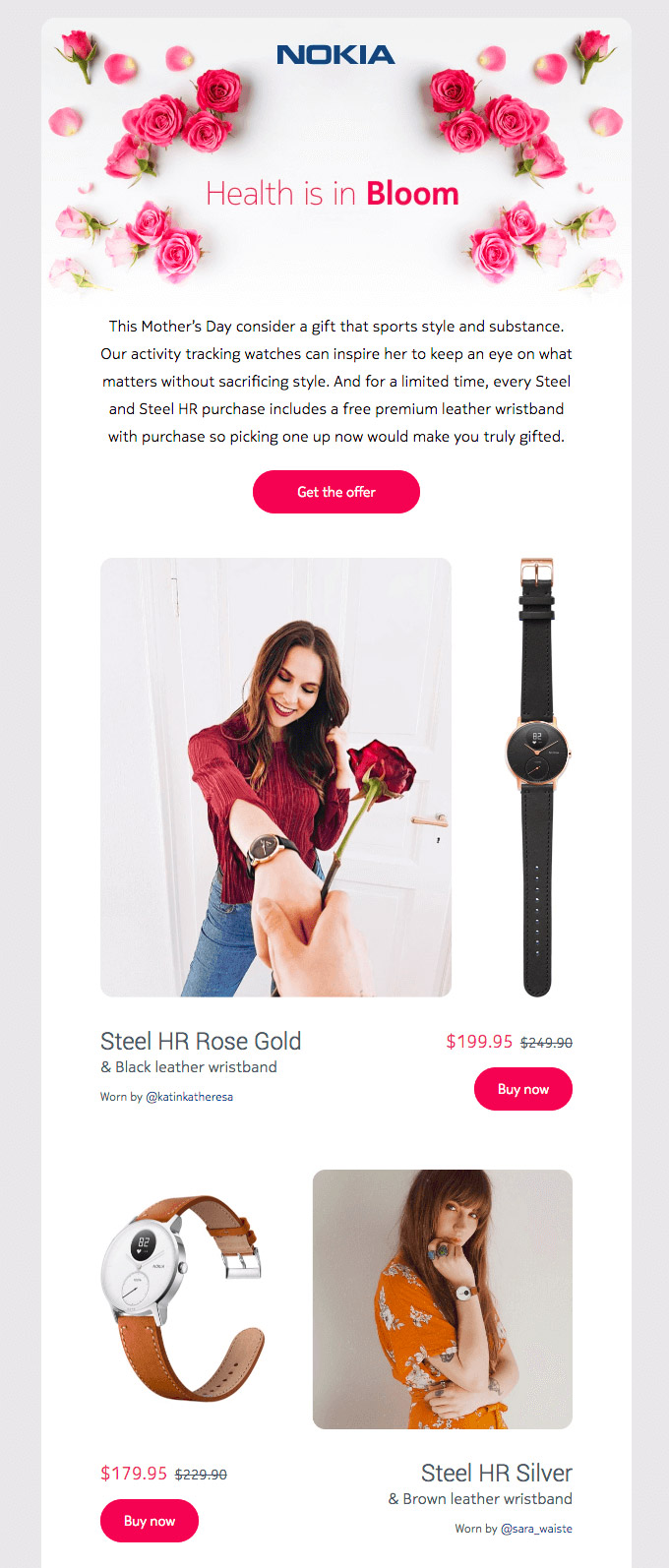
Marketers can divide their customers into segments based on their preferences, region, gender, age, and buying choices. Through data science, they can use this information to create an email segment where they send exclusive offers, new products, company news, and other personalised information.
Through segmented groups, they can continually engage with the customers and drive future sales. For example, if emails are being sent to a segment that is made up of families with young children, the mail body can include children in the imagery.
In conclusion
Use of data science is not limited to machine learning and artificial intelligence but is taking over almost every other aspect of marketing.
Email marketing through data science allows consumers to receive relevant, personalised campaigns that are tailored to their preferences.
There are a number of efficient platforms that allow users to send customized emails while also providing them with customer-engagement insights. Marketers all over can use such data science-driven products to manage consumer engagement, increase email deliverability, and thus efficiently drive sales for their products.
Receive email design content like this to your inbox.
No spam. Just related email content.